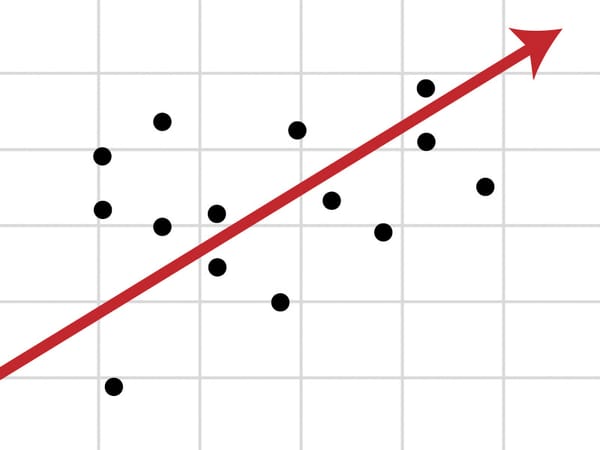How many blondes in Melanesia?
The evolution of blonde hair
It’s been nearly sixty years since Marilyn Monroe and Jane Russell told of the gentleman’s penchant for blondes, but it has recently come to light that mother nature herself may feel the same way: blonde hair evolved twice.
Now, I’m sure you were all aware that the principal evolution of blonde hair occurred in northern Europe about 11,000 years ago as a result of a mutation of the hair colour gene MC1R, right? Though you may not have known of the prevalence of naturally fair hair in Melanesia, a group of islands in the Pacific Ocean, north-east of Australia, where it is thought that around 10% of the natives display the trait (thus making the answer to the question posed in the title approximately one million). Despite possessing the darkest skin pigmentation of any non-African population, the Melanesians account for the greatest incidence of the blonde barnet outside of Europe.
It had long been the consensus of opinion that this unusual follicular occurrence was due to the seed-spreading of European colonisers, yet research undertaken by Kenny et al. (2012) confirms that its evolution is the result of a mutation independent to that of the aforementioned MC1R gene:
After comparing the genomes of blonde and dark-haired Melanesians, Kenny and his colleagues ascertained that the presence of the former is instead caused by a mutation of the TRYP1 gene, which is in turn responsible for an enzyme that denotes hair colour in various mammals. However, the gene in question has no bearing on pigmentation among European populations, meaning that the two varieties of blonde hair are completely unrelated in terms of their genetic basis. Further evidence is provided by the high likelihood that this particular mutation of the TRYP1 gene is exclusive to the Pacific Islands.
So how did this unusual physical characteristic reach such abundance throughout the various isolated populations that constitute Melanesia?
This is surely the question that Kenny will now be asking himself, especially as the blonde mutation is proven to be recessive, meaning that it must be inherited from both parents in order to acquire the golden locks in question.
Perhaps said hair colour constitutes some sort of advantage when it comes to attracting mates, the same way it does in Europe (as well as a certain film from the ‘50s). Or maybe the mutation does not account for all cases of blonde hair among Melanesians: some such instances may be related to the relative age, gender or sun exposure of individuals.
In what will be considered by many the greatest anticlimax since the rapture of 21st May 2011, I’m going to put forward the theory that the high frequency of blonde hair in Melanesia was the result of simple chance.









